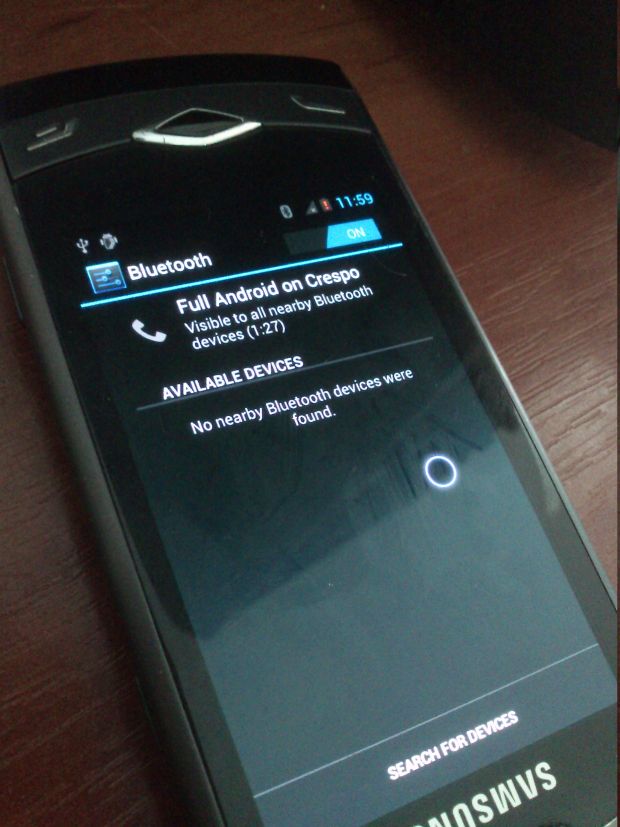The RIM’s BlackBerry Jam developer conference, which was held in Bangkok last November, also doubled up as the host to the BlackBerry JamHack 2012 Asia Pacific finals. The 10 regional winning teams of the hackathon placed their applications in an effort to secure the grand prize of $10,000. Soccer Ticker clinched the top spot, while Hive settled for the runner-up position. In order to know what it’s like to develop on the BlackBerry 10 platform, representatives from Inspira and Hive were asked to share their views. Ease of development A common theory doing the round is that development on BlackBerry 10 platform is very easy. Hive and Inspira were asked if that was true. Brendan Graetz, a Hive team member, summed up by stating the suite of BlackBerry 10 development tools as “impressive.” In an email message, he elaborated: “From a purely technical standpoint, it is an excellent platform to develop on. There is much less red tape to cut through to get your apps up and running, compared to iOS.” The creative director of Inspira, Vincent Putera says, “The learning curve for Cascades isn’t that steep”. “The library is also quite comprehensive, although it is still a work in progress.” He showered words of praise on Cascades experience for its “very natural” feel.
Challenges ahead Irrespective of the talk about ease of development, learning an entirely new platform from scratch demands a good amount of work. This involves getting familiarized with the associated development tools and frameworks, along with the APIs unique to each operating system. “The greatest challenge would be the fact that there are many third party [frameworks] that aren’t compatible with the platform yet,” noted Putera. He also added that this leaves developers with two options: either roll it themselves, or limit the features. Conclusion RIM aiming for 70,000 apps available at BlackBerry 10 launch means, that it has a good chance of fixing its place behind Android and iOS. From the informal conversations with current BlackBerry 10 developers in the region, it can be derived that RIM’s strategy of offering multiple comparable development environments is getting
good response from those who are at least willing to give the platform a try. To read the original blog, click here.



